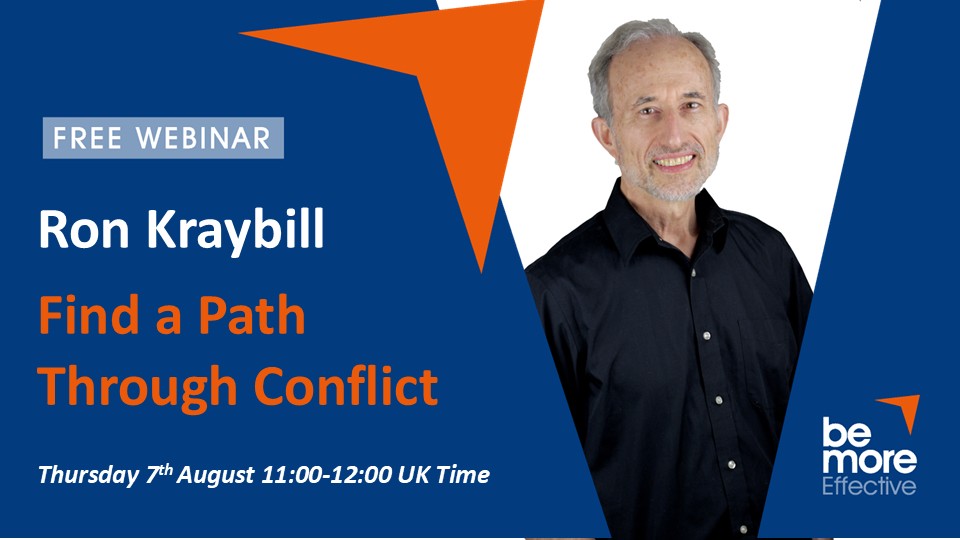All Around Robin’s Barn

In the United States, there’s an expression that means to “do something in an indirect or complicated way.” And to make sure that you get the gist, this saying also takes on a number of different forms. Dozens of them, as it happens.
Here are a few:
· All the way around Robin Hood’s Barn – a curious expression considering that Robin Hood lived in England, if he lived at all.
· To all that trouble
· Out of the way
· Do it the hard way
· All the way around Robinson’s barn, whoever he was…
· All the way around the world – a bit like a fish story, except that we’re not talking about a bigger fish, but a larger location…
You get the idea. Rather than finding the most efficient way to do something, the person somehow follows the most convoluted route possible. Instead of going from A to B, the journey goes by way of C through Z. Not only are the notes in the wrong order, they’re not even the right ones.
Productivity and consistency
Obvious as this may seem, it’s worth remembering that productivity depends on consistency. You can’t keep changing direction, as you would if you were going all over the place, and arrive at your destination – whatever it is – at the time you want or within the budget you want. It’s impossible. You’ll use up too many resources along the way.
This is one of the problems that organizations have which either lack a vision or are unable to communicate it to those whose efforts will achieve it. Quite often, the problem is stated like this: We (the management) know where we want to go, but they (the employees) are holding us back. From the other side of the fence, it’s expressed this way: We (the employees) wish that they (the management) would make up their minds about where they want to go. Tell us what to do. Stop changing course. Stop trying to lead us all around Robin’s barn.
Clothes shopping example
Have you ever watched some people shop for clothes? You can learn a lot by watching others. Some will walk straight to the section they want, find the appropriate rack, pick a few things and head for the fitting rooms. Others will treat each rack like a carousel, except that instead of turning it, they will walk around it. It’s as if they’re trying to get in their 10,000 steps through retail therapy. Of course, they will say that they are just looking and maybe they are; but it’s the way that they look that’s significant. Some seem to know what they’re looking for. They can spot a mile away which rack will have what they want and which ones won’t; and so they don’t waste time or energy looking at things that don’t matter. The others look at every rack regardless.
That’s the difference between having a vision and knowing how to pursue it. It’s the contrast between heading straight for it, or taking the scenic route, another American expression for travelling to B by way of Z et al.
You have to wonder why this happens.
The cynical would say that it’s because they want to give the appearance of progress, even though what they are really trying to do is to keep things pretty much as they are. There’s probably some truth to that. Change is something that we all of us think others should do. That’s because “we’re alright, Jack”.
Change and expectations
More probably, it’s because meaningful change, the kind that fulfills a previously unaccomplished vision, takes longer than what was anticipated. The expectations were unreasonable from the beginning. When it looked like things wouldn’t pan out quickly enough, then managers would make another turn. And each time things seemed to slow down or fail to move as quickly as they thought they should, they would turn again. To anyone outside of the thinking behind these “course corrections” it looked like everyone was running around Robin’s barn and probably in between all of the other farm buildings as well.
What’s really going on?
As Paul Newman says in Cool Hand Luke, “What we have here is a communication problem”. And he’s right. The management thinks it’s the fault of the employees; and the employees think it’s the fault of the management. Obviously, the two “sides” need to have a chat.
Sense check
How would you discover what your employees thought about how you were leading the company? How would you do it?
The simple answer is to ask them. It may not be as simple as that because they may not trust you enough to be honest. They may be afraid of the repercussions of telling you how much you resemble the chase around Robin’s barn. And that may mean that you need an independent third party to help you out.
The point is that you need to know. If your organization isn’t moving in the direction that you would like or it’s taking longer than you expected, then rather than blame others for what you assume is their incompetence, get the opinion of those who are responsible – all the way down to the coal-face – for making the changes that you want. At least then you’ll know if your suspicions are correct. But, don’t act in the absence of this certainty. You’ll only make matters worse.
If you want to know more about these ideas – please contact us here
For more information please send a message via the Contact Us Page. Or you can register for an upcoming webinar.


